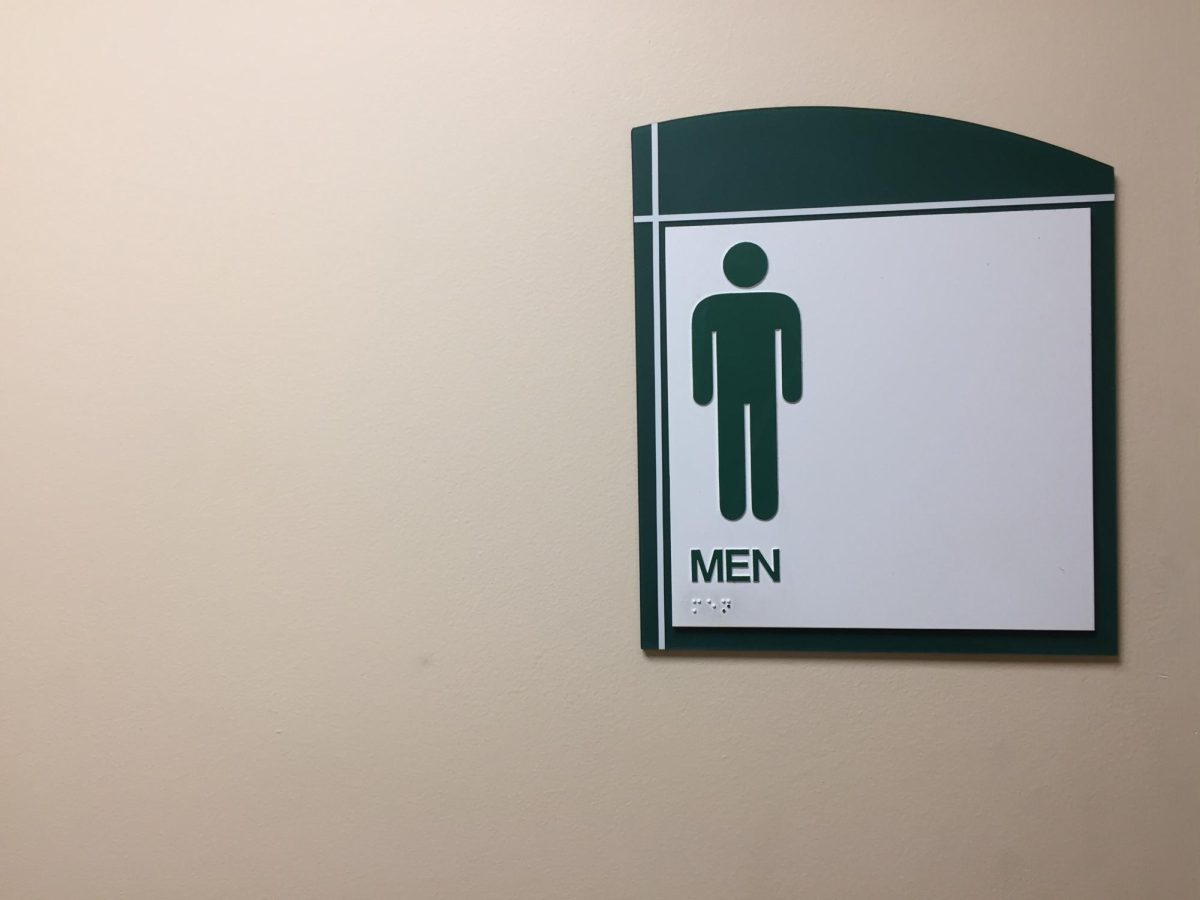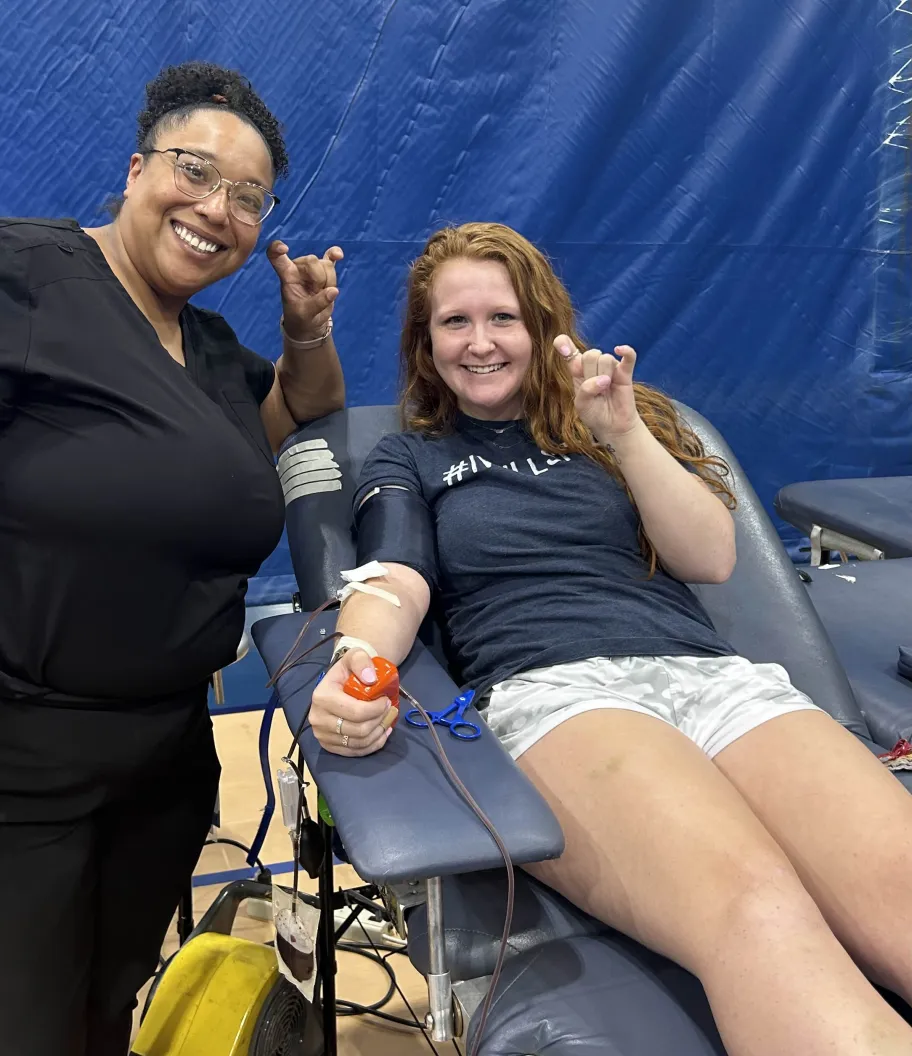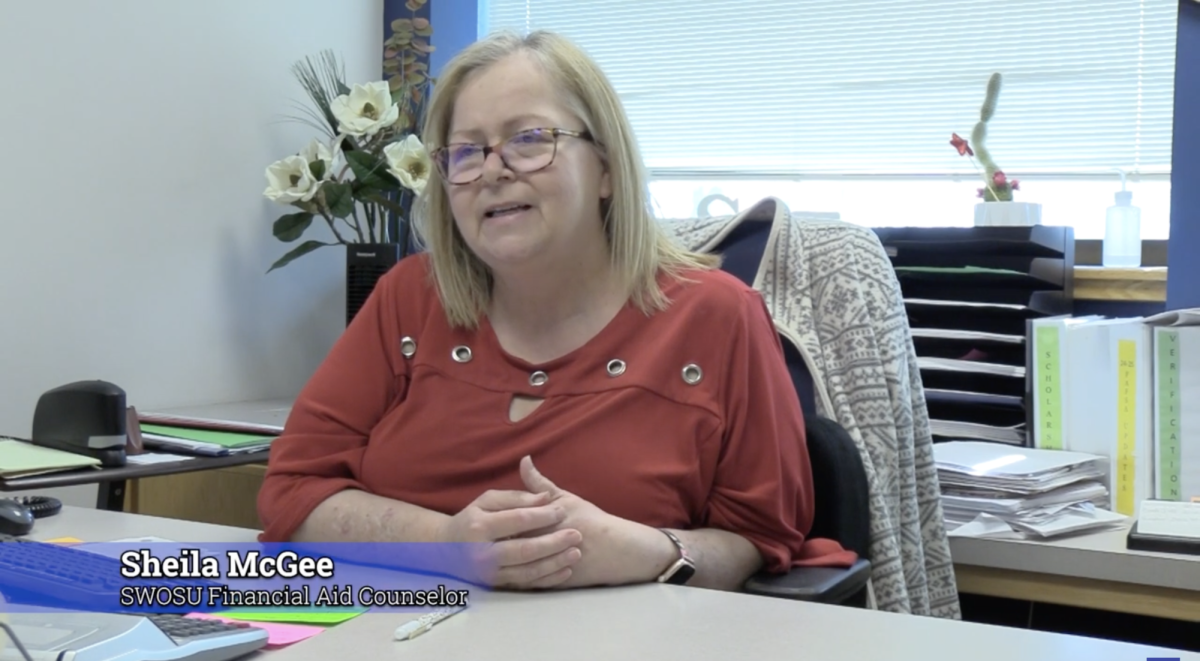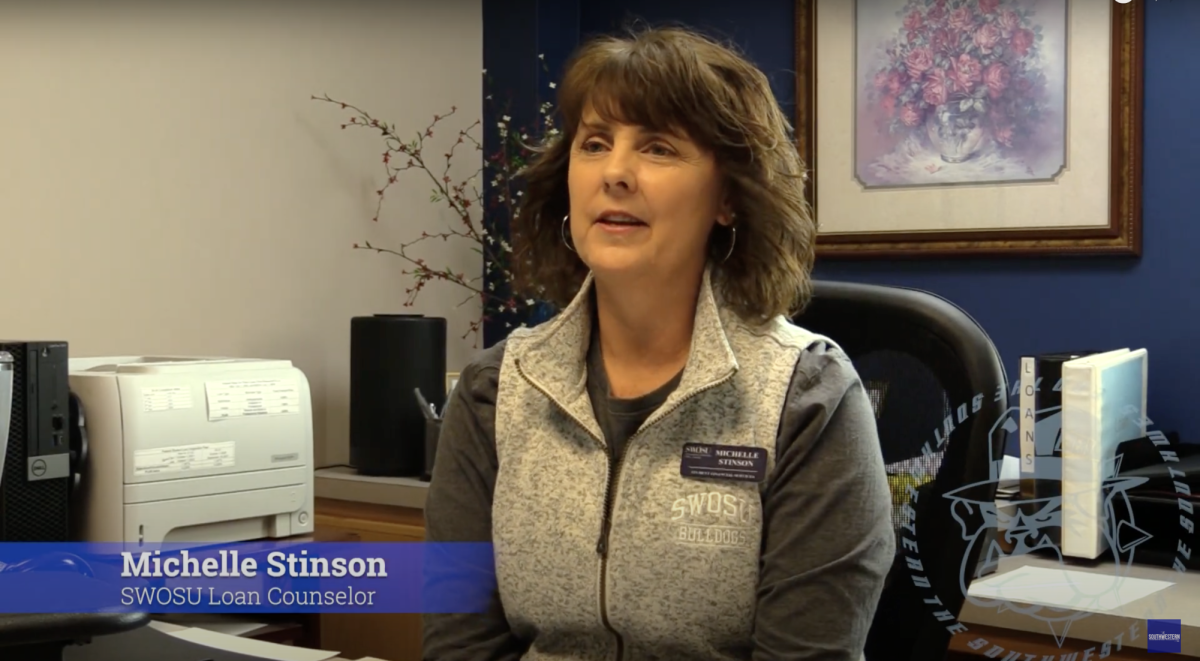When it comes time to enroll in courses for the upcoming semester students have a choice to make. Some students pick their courses based on their interests, and what fits their schedules, but often students base their decisions on the professor teaching the course.
Transitioning from high school to college, students are able to really take control of their own education. Students can choose if they want to pursue higher education, which university to attend, what major they will hold, which level of degree to pursue, and what courses they will take to get there. One thing that gets students excited is being able to choose their own classes/professors. Your educational plan is in your hands.
Sophomore Angie Nevarez shared “It’s great that we can recognize professors who do a good job and encourage others to improve.”
Professor Kendra Smith explains how she feels “I love that professors are able to get credit when credit is due, but my frustration comes when students take their vendetta against a professors out on evaluations before even giving the professor a chance to rectify the situation.” .
Finding different ratings/opinions on different professors on campus can be found on many platforms. Students often publish their opinions on their social media, Yik Yak, Instagram, etc. Rating professors have been around for a long time, the online website www.ratemyprofessors.com was created in 1999. This is a website where students can look up their college and find a list of their professors and rate them based on which course they have taken with said professor. Major universities also allot time at the end of a semester for students to evaluate the course they are ending. Rating not only the professor but also how they taught the course, and how the course content is set up.
Giving students the opportunity to rate their professors allows them to provide direct feedback. An opportunity for growth and learning for both students and professors.. This can be a double edged sword. One the one hand students have the chance to give constructive criticism on how they see the course could be made better, but on the other hand students could use the opportunity to be abusive, divulge personal information, or otherwise express bias..
Receiving ratings and evaluations can help raise standards for professors, holding them accountable for creating engaging and interactive courses. Knowing if students are learning well or enjoying the classroom experience can help professors know how to keep students engaged and how to have a dynamic classroom.
Student ratings of professors can be a useful tool for improving education, but they come with challenges. By addressing biases and encouraging thoughtful evaluations, schools can create a fairer system that benefits both students and teachers. The ultimate goal is to foster a learning environment where everyone can succeed.















